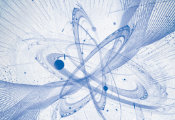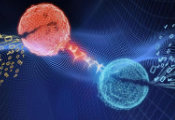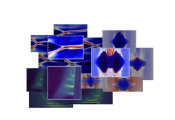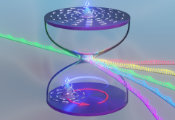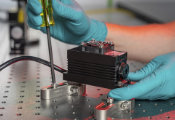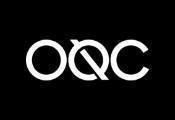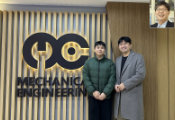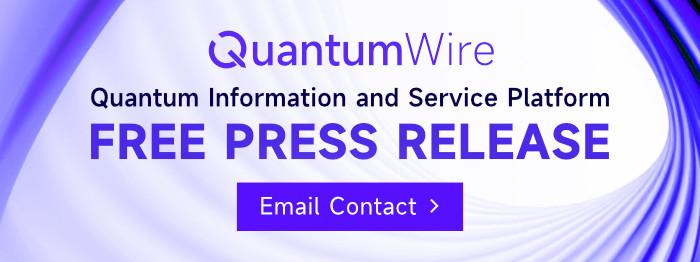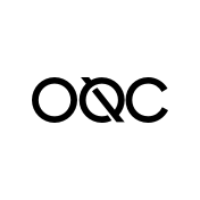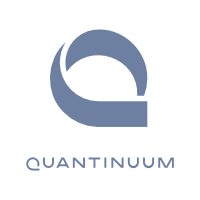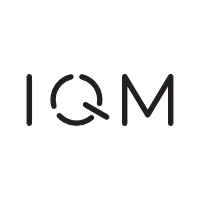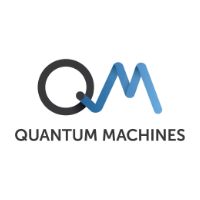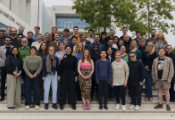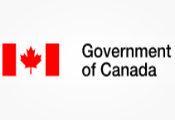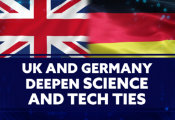Reading Multiple Superconducting Qubits in Record Time
September 24, 2025 -- RIKEN physicists have found a way to speed up the readout of qubits in superconducting quantum computers, which should help to make them faster and more reliable.
After decades of being theoretical propositions, working quantum computers are just starting to emerge. For experimentalists such as Peter Spring of the RIKEN Center for Quantum Computing (RQC), it’s an auspicious time to be working in the field.
“It’s very exciting. It feels like this is a very fast-moving field that has a lot of momentum,” says Spring. “And it really feels like experiments are catching up with theory.”
When they come online, mature quantum computers promise to revolutionize computing, being able to perform calculations that are well beyond the capabilities of today’s supercomputers. And it feels like that prospect is not so far off.
Currently, half a dozen technologies are jockeying to become the preferred platform for tomorrow’s quantum computers. A leading contender is a technology based on superconducting electrical circuits. One of its advantages is the ability to perform calculations faster than other technologies.
Because of the very sensitive nature of quantum states, it is vital to regularly correct any errors that may have crept in. This necessitates repeatedly measuring a selection of qubits, the building blocks of quantum computers. But this operation is slower than quantum gate operations, making it a bit of a bottleneck.
“If qubit measurement is much slower than the other things you’re doing, then basically it becomes a bottleneck on the clock speed,” explains Spring. “So we wanted to see how fast we could perform qubit measurements in a superconducting circuit.”
Now, Spring, Yasunobu Nakamura, also of RQC, and their co-workers have found a way to simultaneously measure four qubits in superconducting quantum computers in a little over 50 nanoseconds, which is about twice as fast as the previous record.
A special filter ensures that the measurement line used to send the measurement signals doesn’t interfere with the qubit itself. Spring and colleagues realized the filter by ‘coupling’ a readout resonator with a filter resonator in such a way that energy from the qubits wasn’t able to escape through the measurement line.
They were able to measure the qubits at very high accuracies, or ‘fidelities’. “We were surprised at how high fidelity the readout turned out to be,” says Spring. “On the best qubit, we achieved a fidelity of more than 99.9%. We hadn’t expected that in such a short measurement time.”
The team aims to achieve even faster qubit measurements by optimizing the shape of the microwave pulse used for the measurement.

